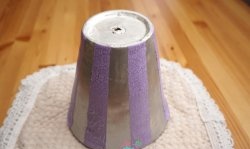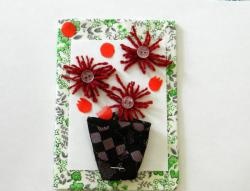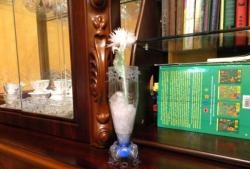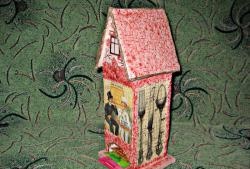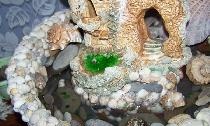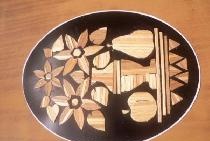Floor vase made from scrap materials
It happens: in a cozy interior you feel the lack of a small touch. It could be a floor lamp, an elephant figurine or a floor vase. A standing interior vase is quite an expensive pleasure. But you can make just such a vase from scrap material that suits the color, shape and size, using old dishes, a broken flower pot and toilet paper.
Materials for work:
First stage: preparing the base.
We select containers that are suitable in size (in this MK a deep frying pan with a lid, a plastic salad bowl, and a tall flower pot are used).
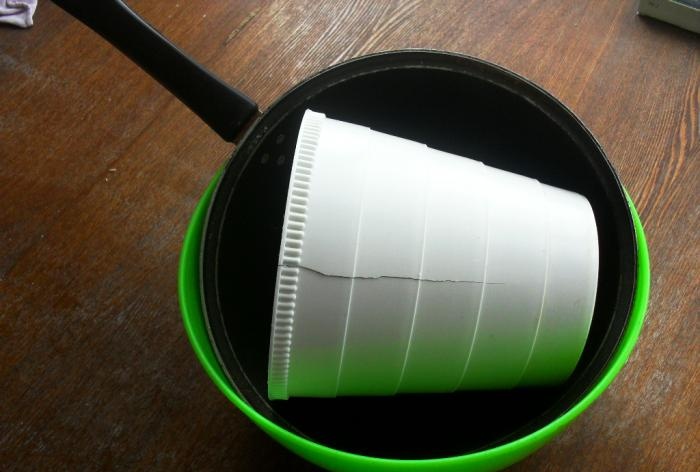
Cut out the bottom of the pot and salad bowl.
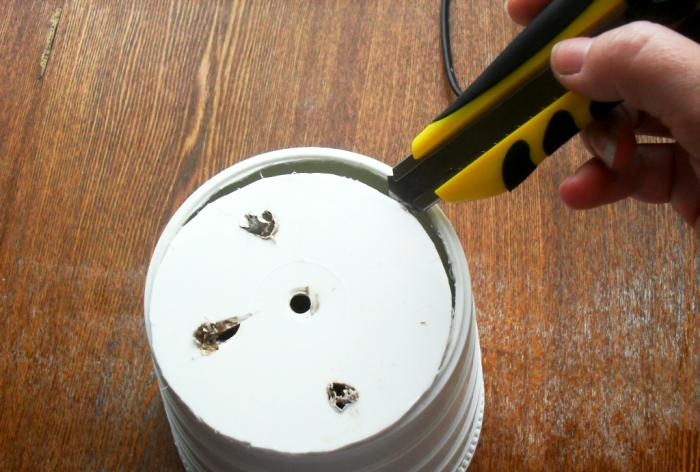
Glue the pot and salad bowl with liquid nails glue.
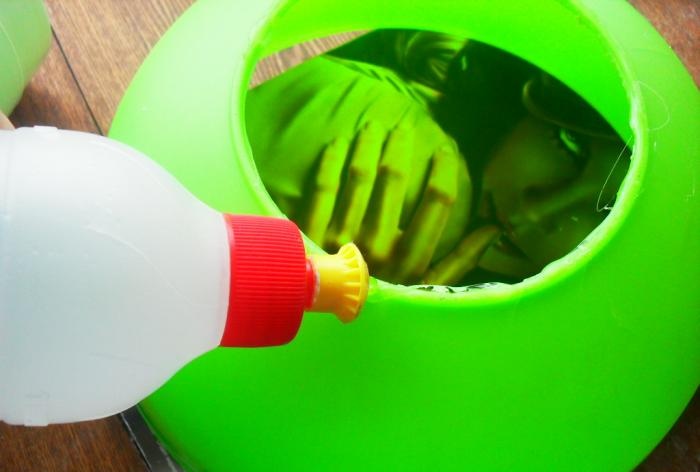

We supplement the structure with a frying pan (after getting rid of its handle) and an inverted lid, gluing the elements together with “liquid nails”.
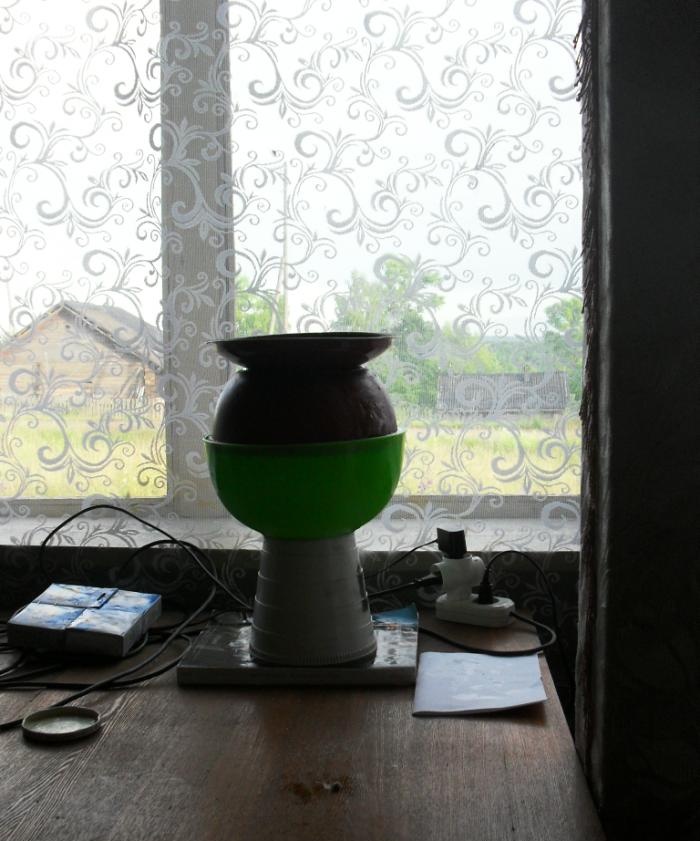
We attach the handles to the sides with a bandage (hooks from window planters, can be made from large wire). We fix the bandage using “liquid nails”. Let's dry it.
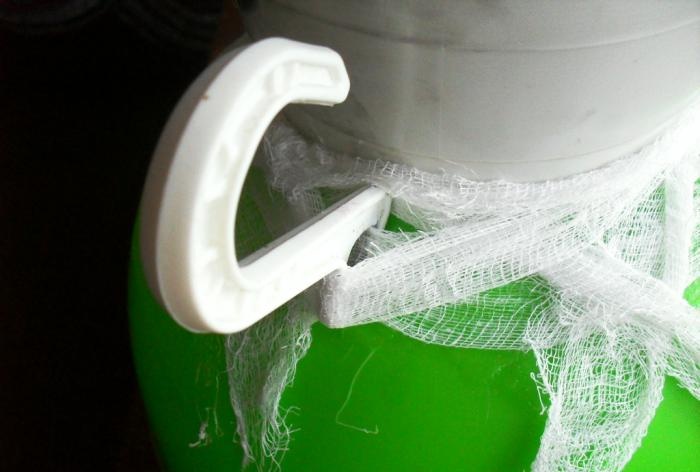
We gradually unwind the plaster bandage, thoroughly sprinkling it with water.
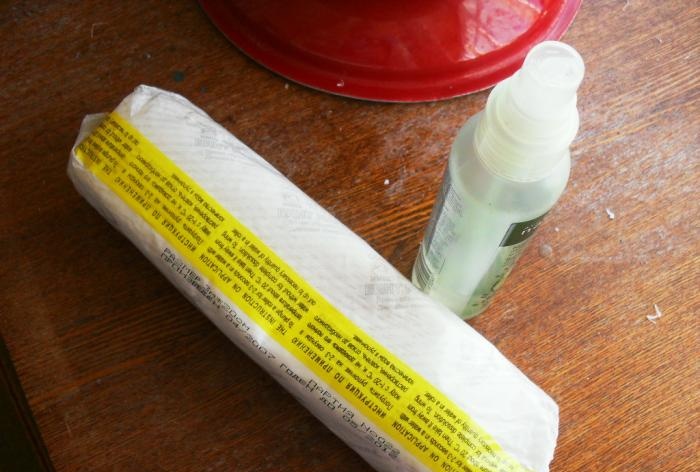
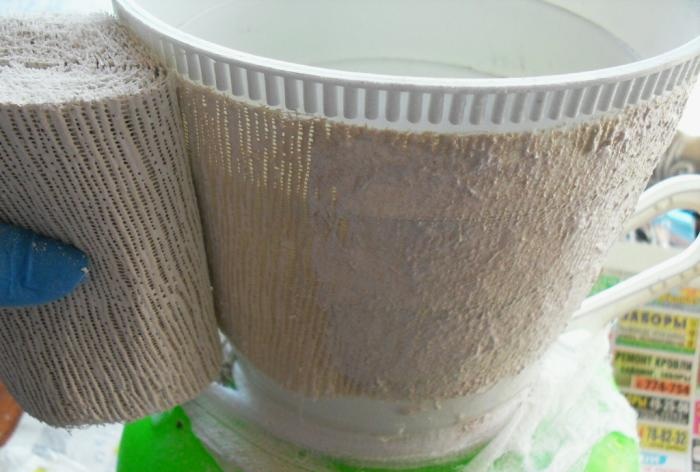
Cover the entire surface with a bandage, moving from top to bottom. The plaster must be thoroughly wetted over the entire surface, immediately smoothing it with the palm of your hand. We dry it for a day.
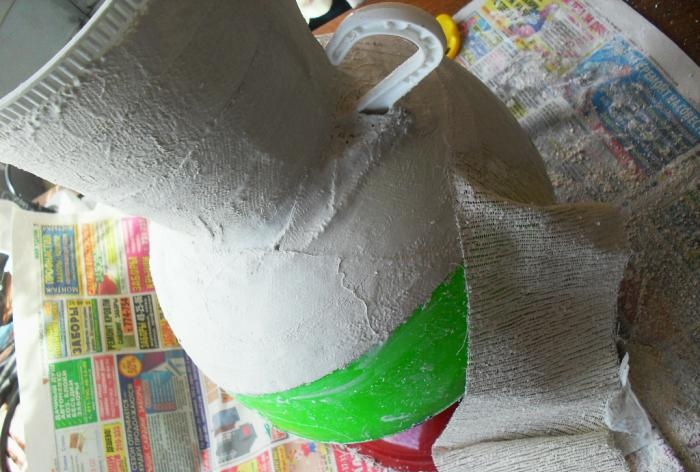
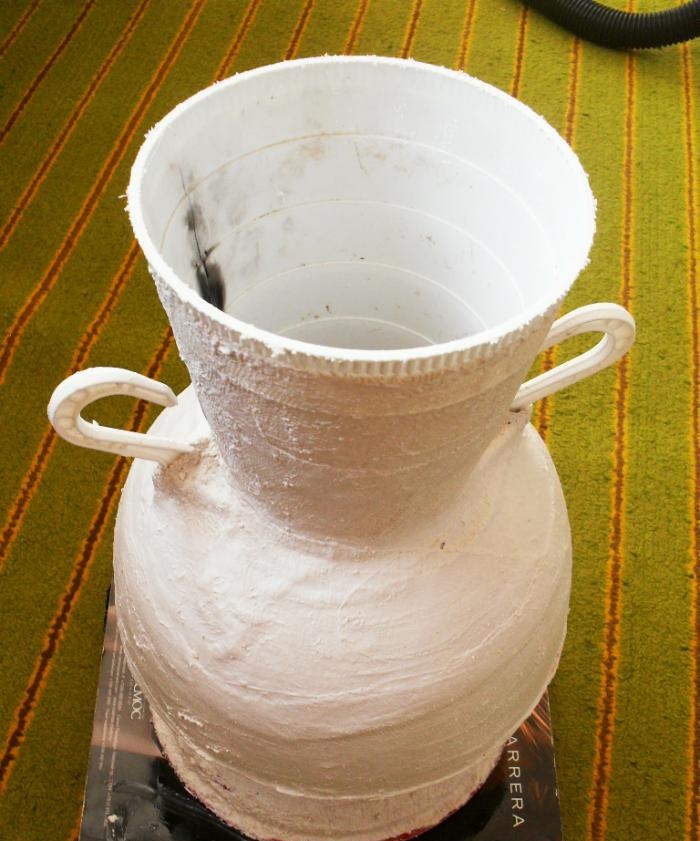
We cover all roughness and unevenness with a thin layer of putty (I used already applied, creamy consistency).
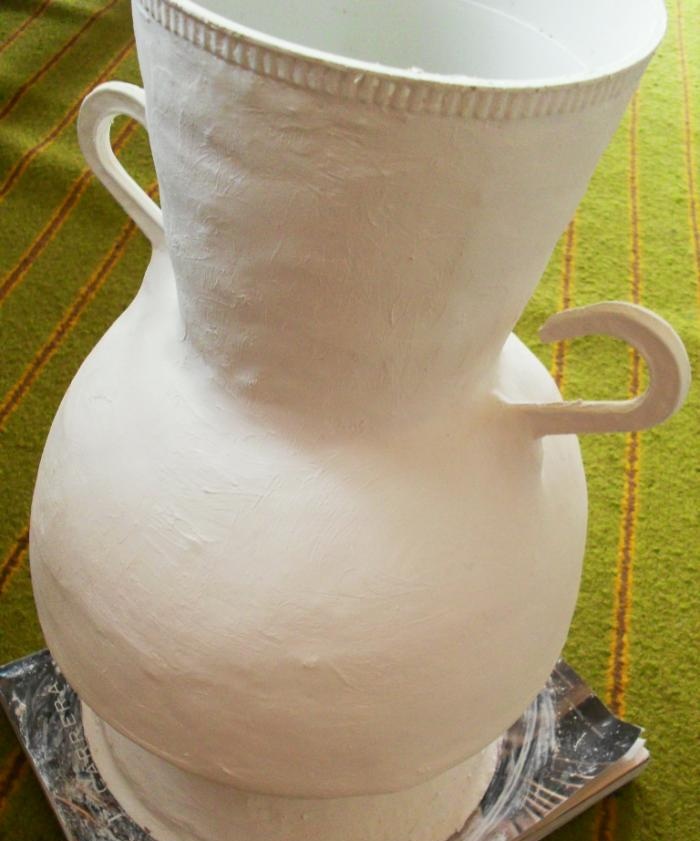
To imitate stonework we use eggshells. We thickly cover a small part of the surface of the vase with liquid PVA glue, put pieces of eggshell on it and generously moisten it again with PVA. Let's dry it.
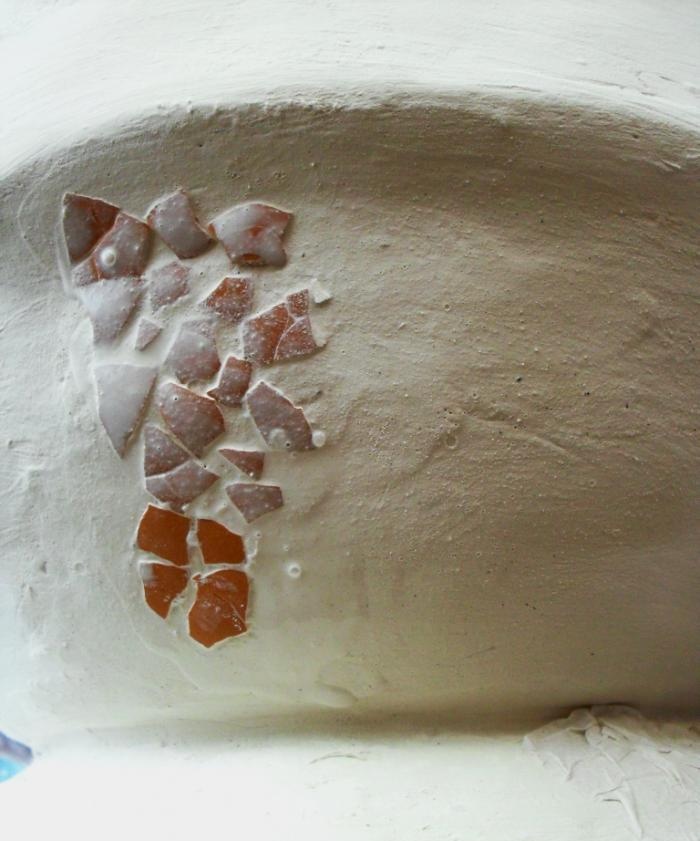
Cover the shell with toilet paper (apply paper, apply liquid PVA on top with a soft brush, level and squeeze out air bubbles).

We wrap the very bottom part of the vase completely with toilet paper.
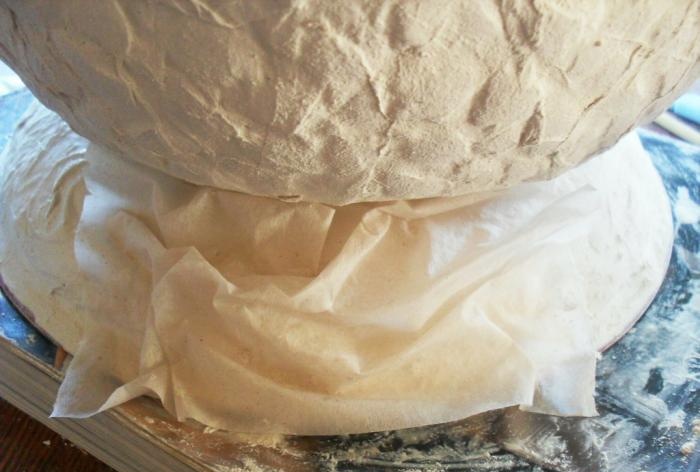
Wet the paper heavily with liquid PVA and make folds.
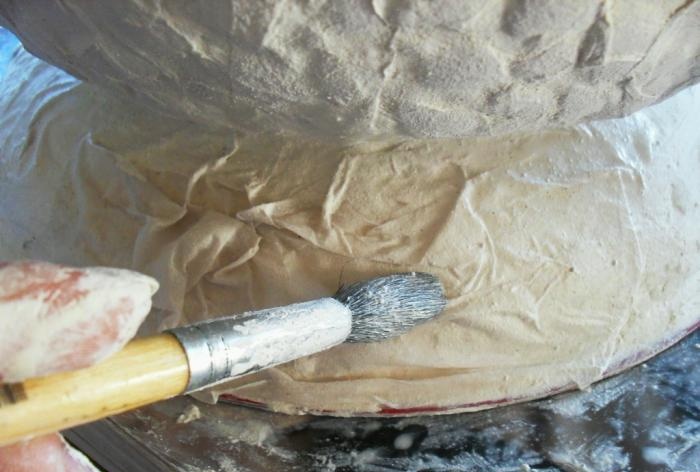
Let's dry it.
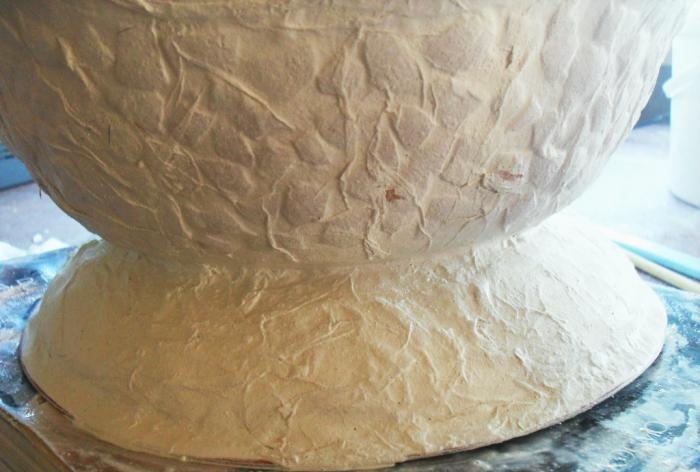
Using a simple pencil, we draw a drawing of old towers, arches, tree trunks (you can use printer printouts, transferring the drawing from them through carbon paper).



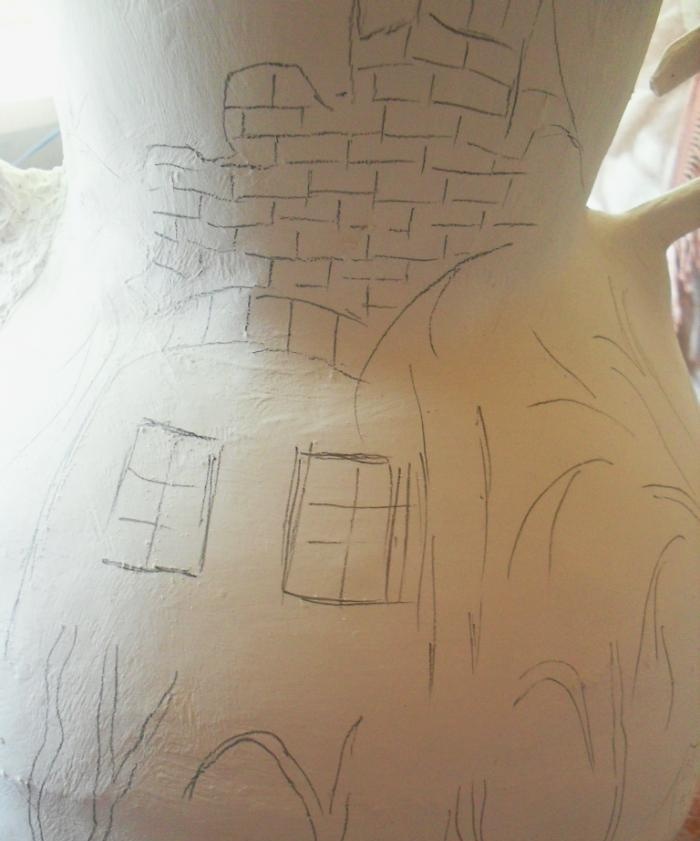
To create volume in the pictures, cut toilet paper into strips.

We twist the strips into spirals and moisten them in liquid PVA.
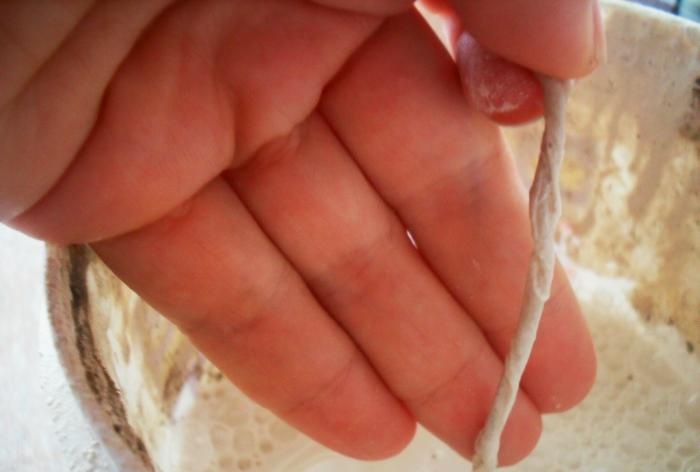
We stick spirals along the contours of the drawings.
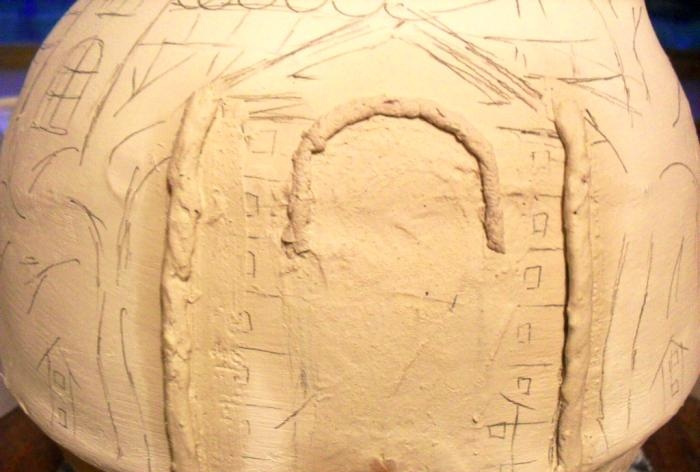
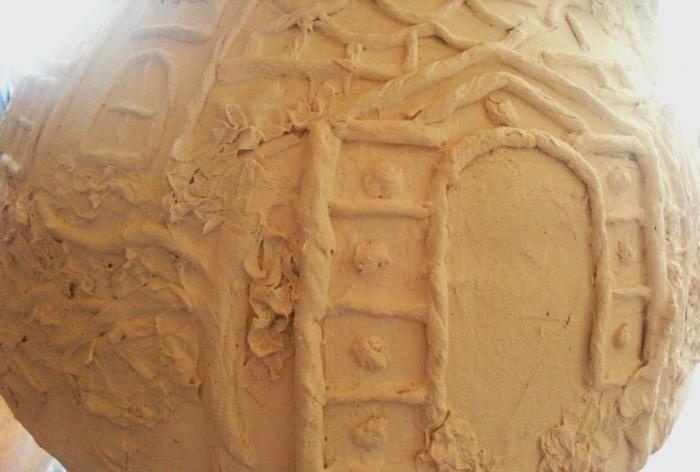
We make foliage from soaked PVA and crumpled toilet paper.
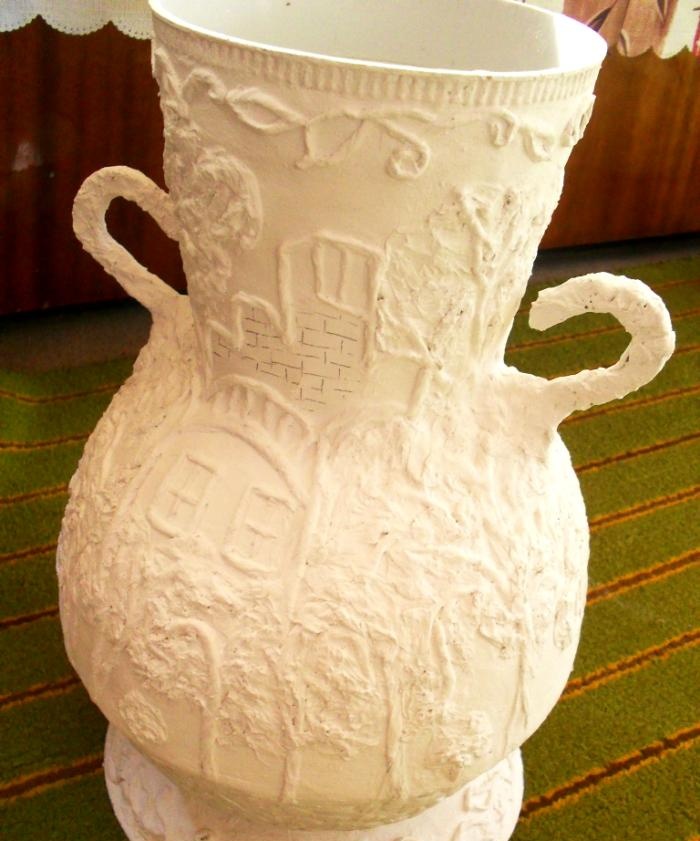
To create roses, you can use plastic or self-hardening clay, a drop cap, or a rolling pin.

Roll out a small piece of plastic very, very thin. Cut the mugs into caps and stack them on top of each other (5-6 pieces each).

We twist the folded circles and pinch them in the center with a thick thread. Let's dry it.
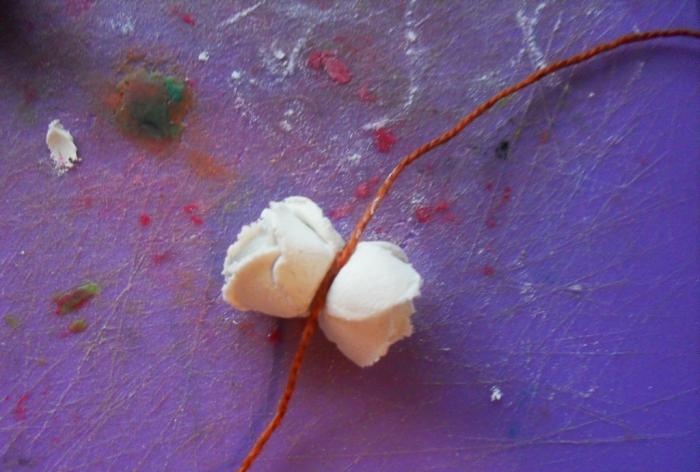
Each twist produces two tiny roses.
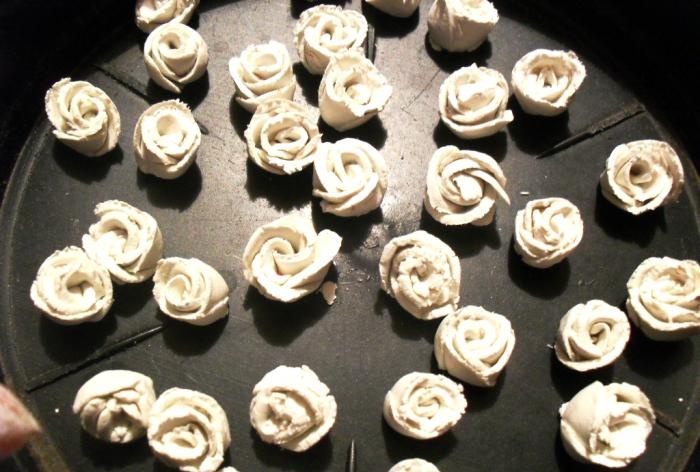
We dip each rose in liquid nails glue and attach it to the top and bottom parts of the vase.
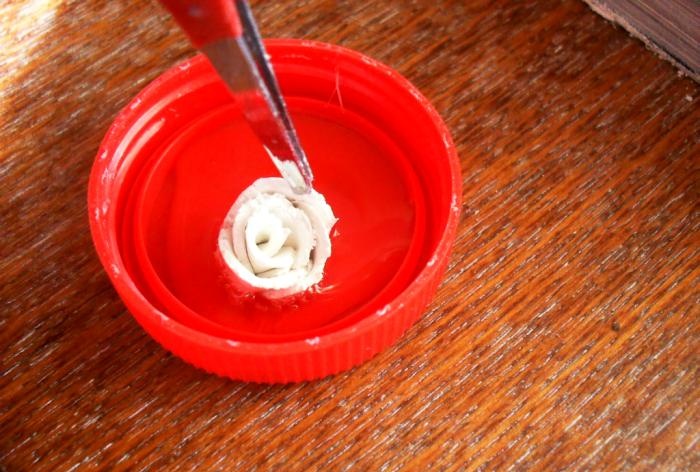
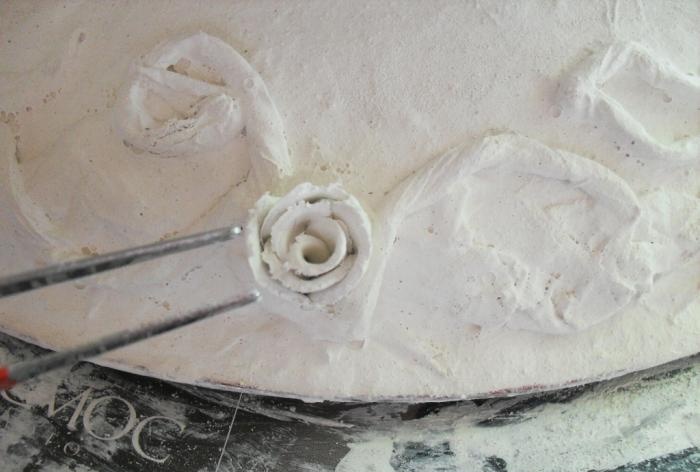
To color the trees, we apply black stripes of gouache on the left side of the trunks.
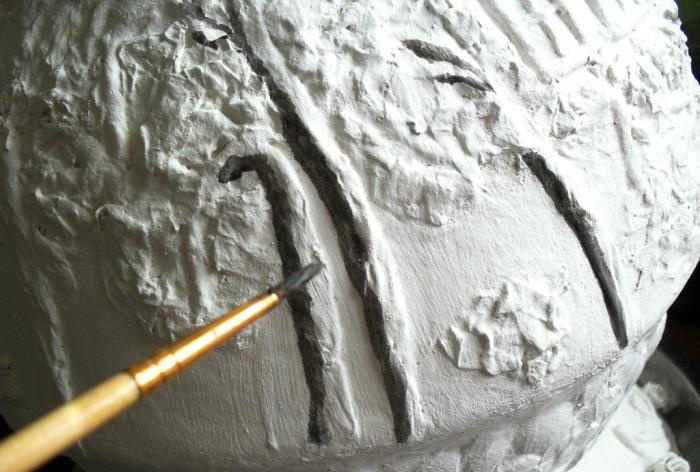
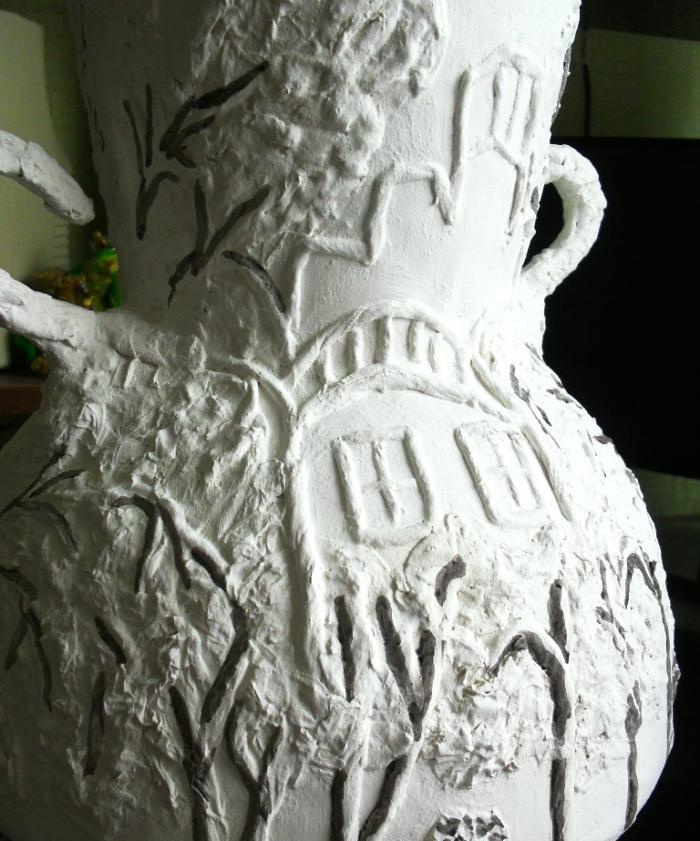
We outline the depressions around the eggshells with black.

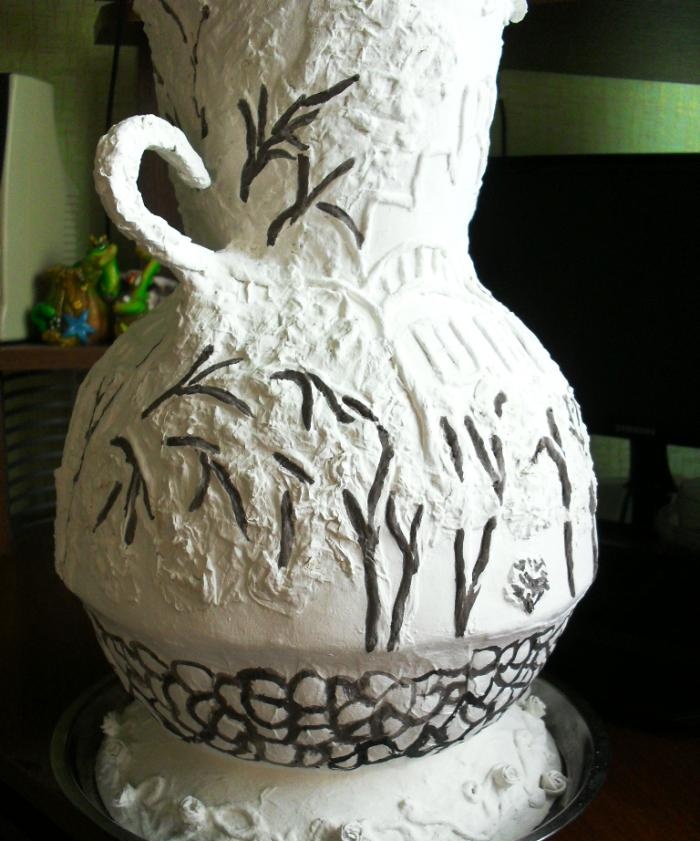
Add brown to the trunks and branches.
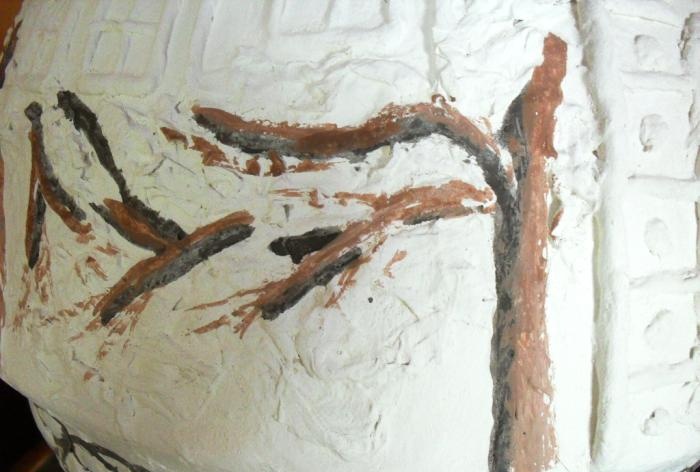
And we paint over the “brickwork”.
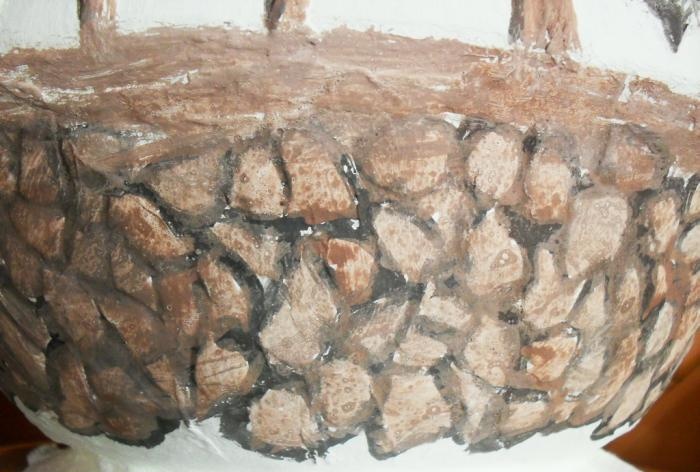
Matte the trunks and masonry with white.
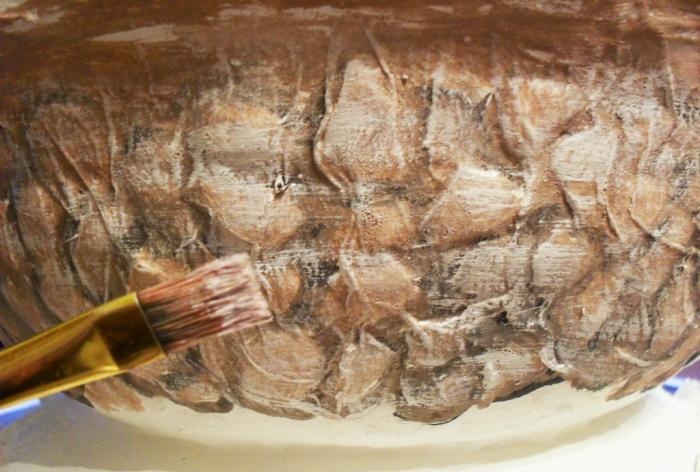
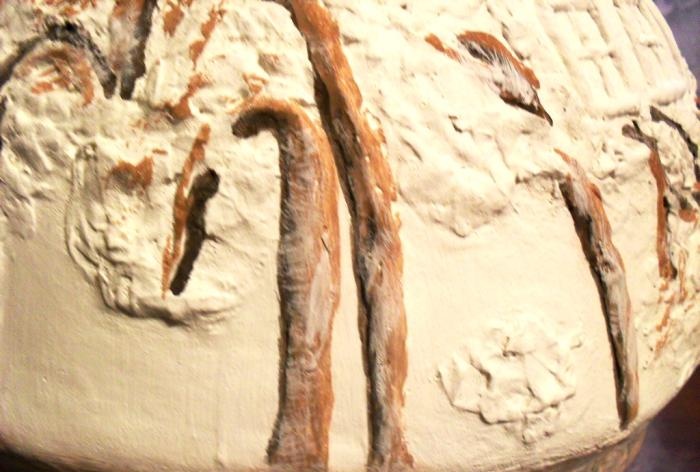
We dot the foliage with a pale brown color.
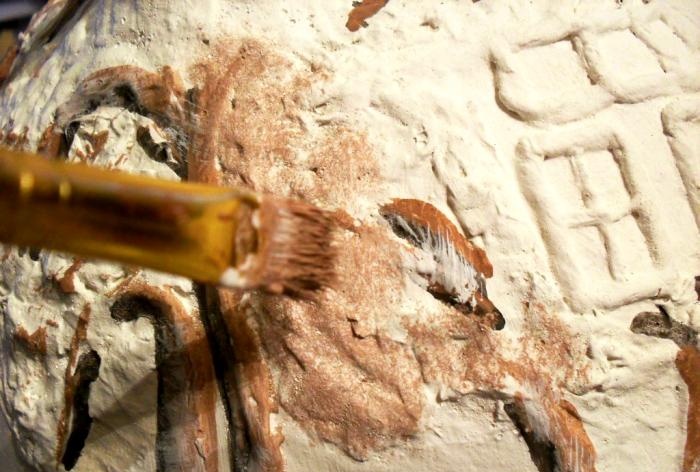
Add languid brown pokes with a brush.
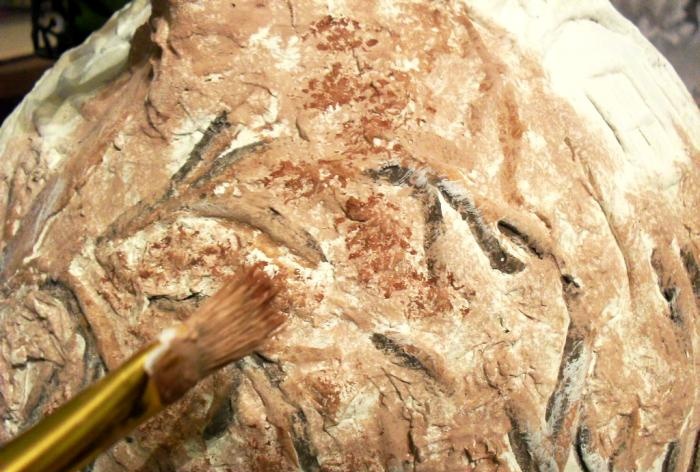
Draw the branches with dark brown.
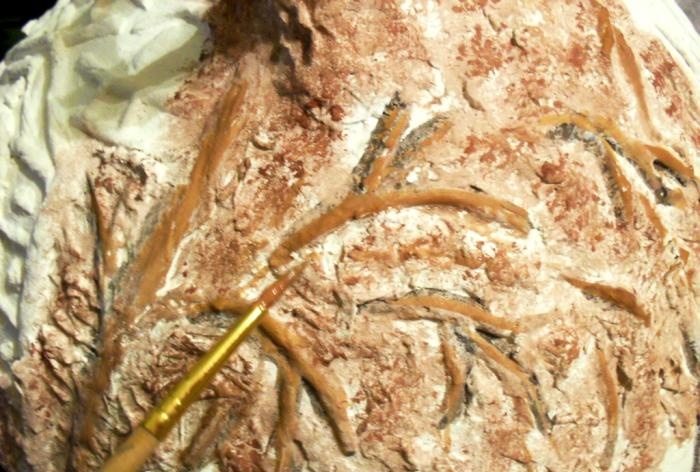
We paint the turrets and arch in the same way.
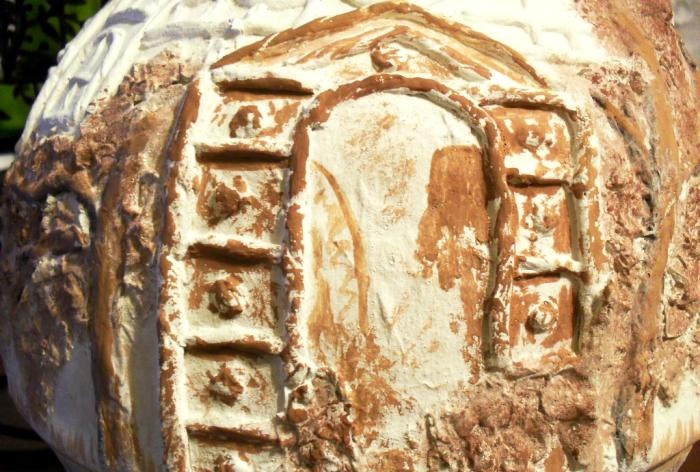
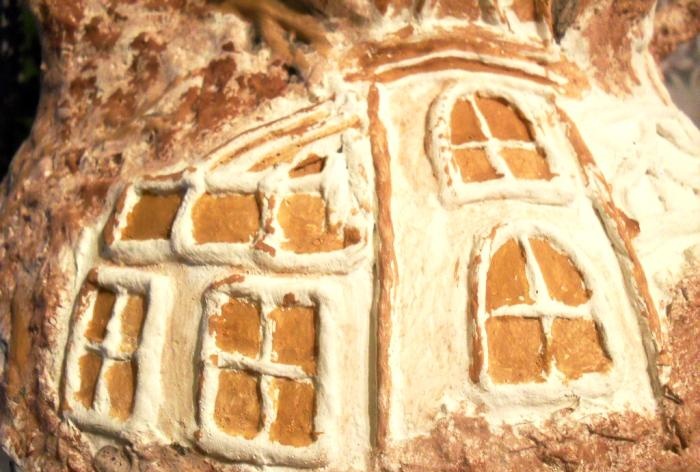
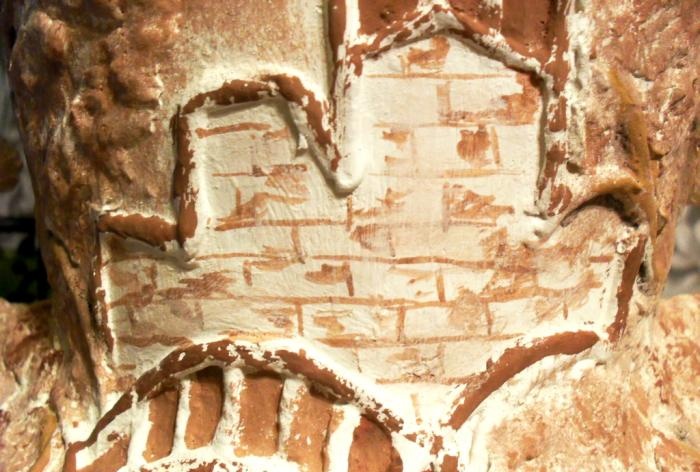
We draw (in places) the leaves with red-brown color.
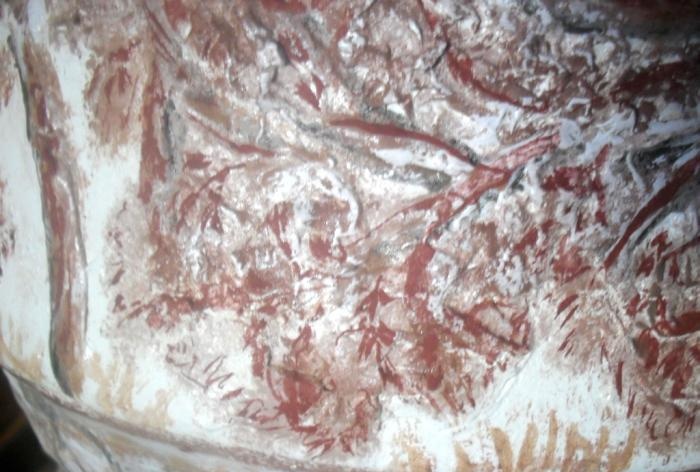
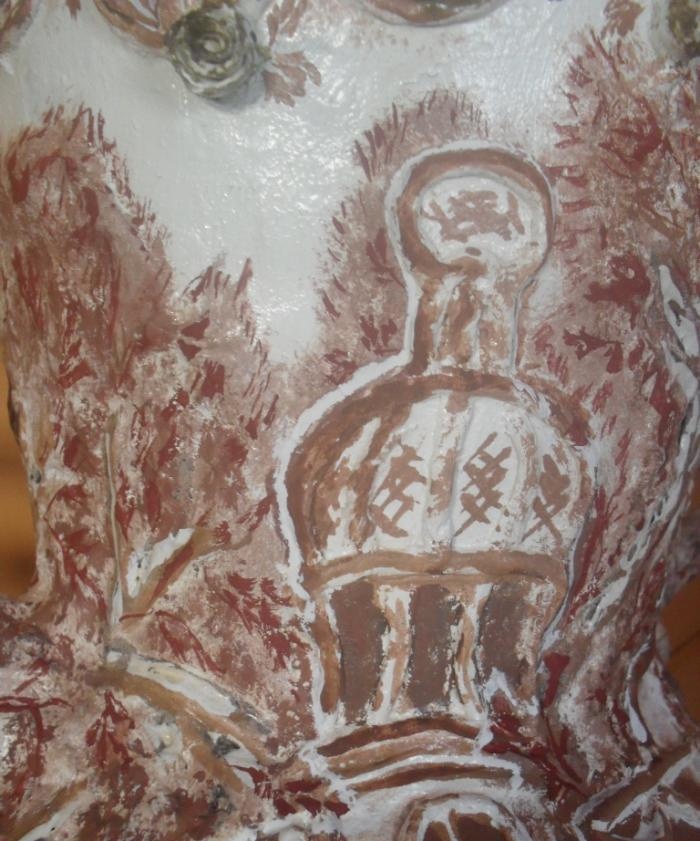
Let's leave decor top and bottom of the vase.
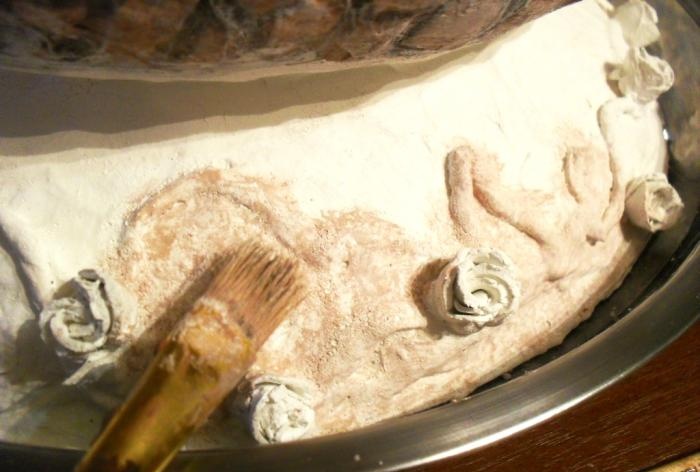
Draw the leaves.
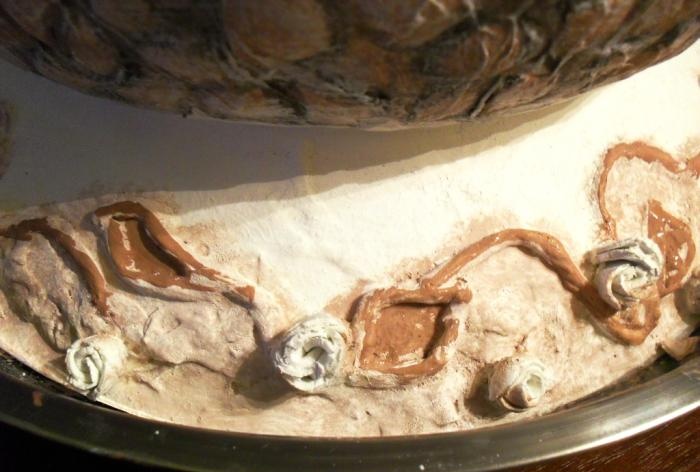
We cover the roses themselves with “bronze” paint.
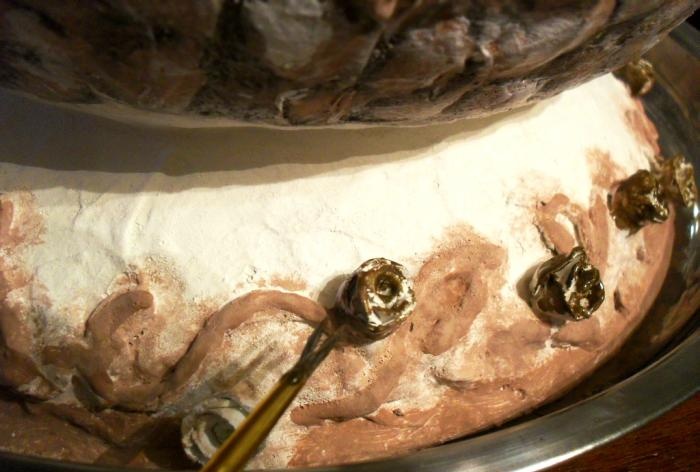
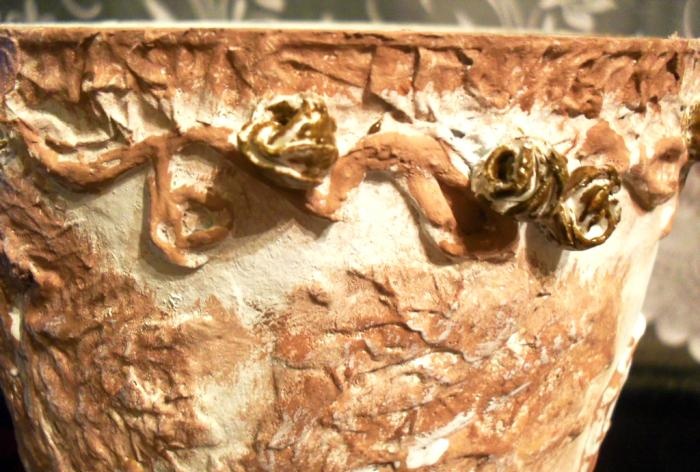
We draw leaves in places.
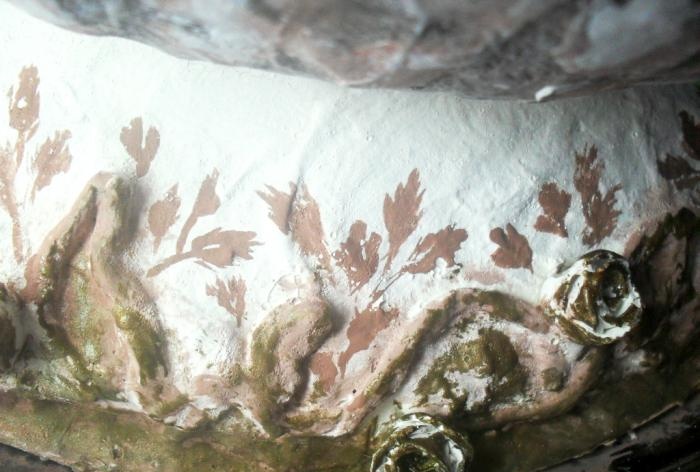
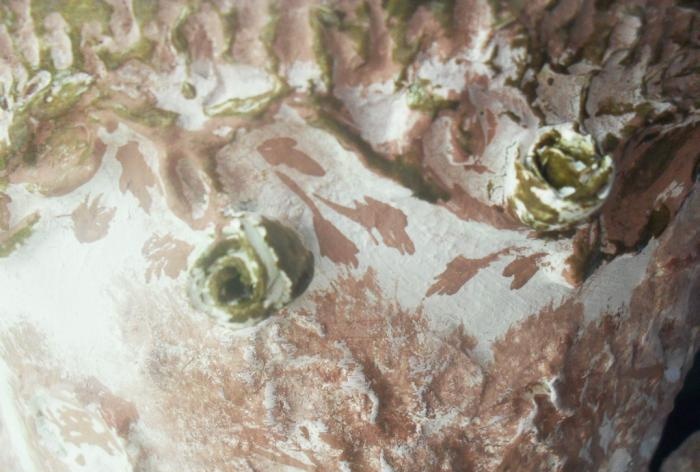
Apply craquelure varnish to all surfaces not covered with the pattern. Let's dry it.
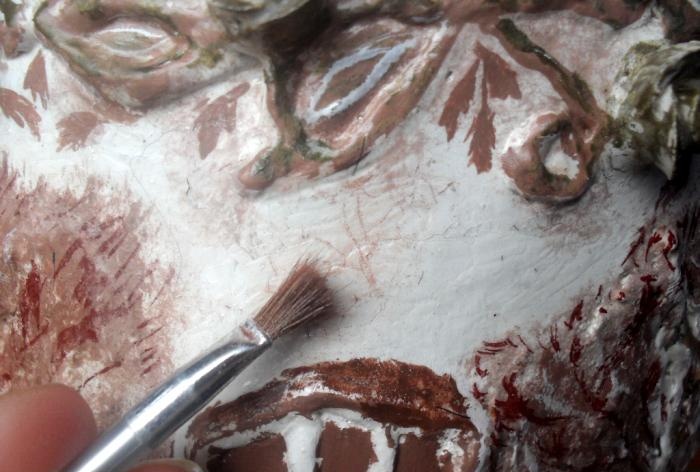
Fill the cracks with brown paint. Let's dry it.
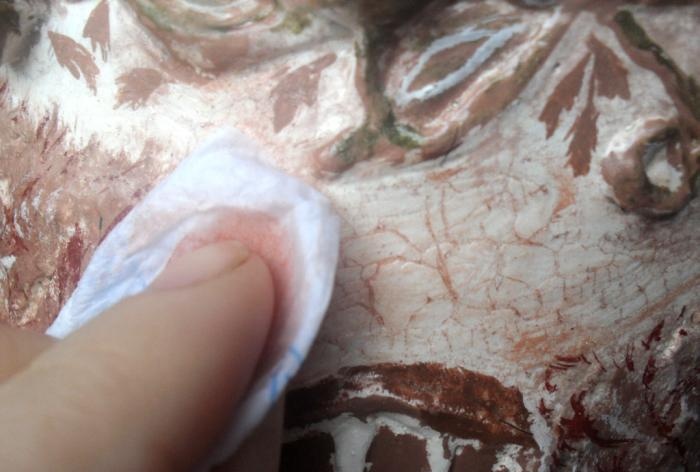
Use a damp disc to remove excess color (without pressing on the disc). Let's dry it.
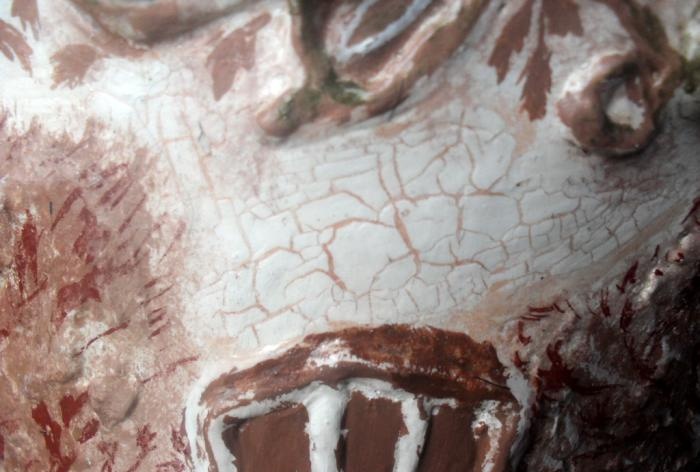
For the width of the neck, you can use a plastic bucket, having previously cut the bottom. In order to be able to pour water into the vase, we attach a rolled cold-welded block to the flower pot.It must be secured at such a height that the plastic bucket inserted inside rests against the weld. Pour “liquid nails” inside (to seal possible cracks and holes)
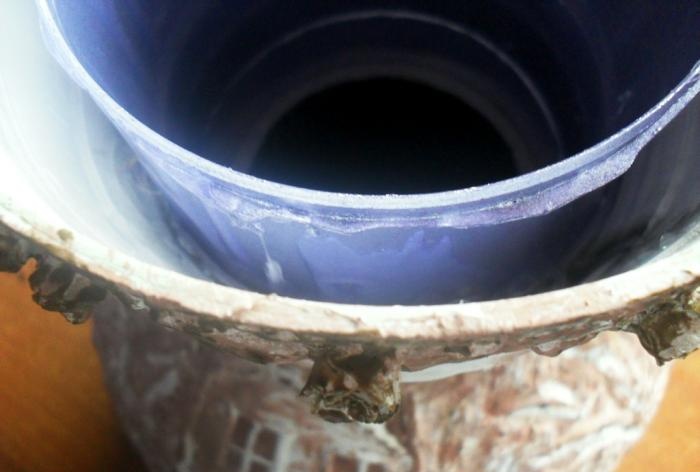
After the weld has hardened, we “plug” the distance between the pot and the bucket with toilet paper.
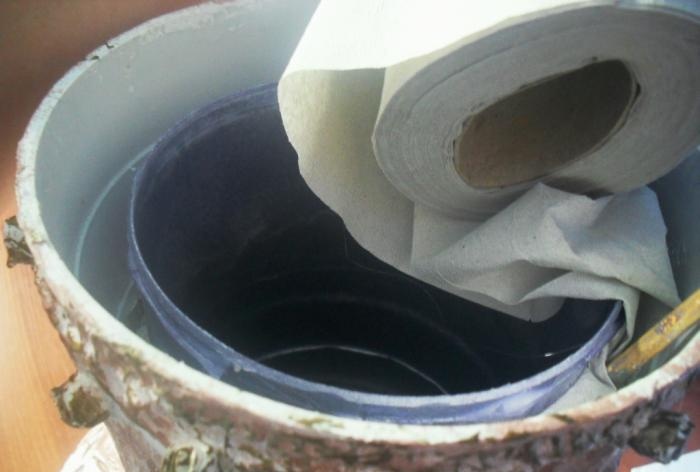
We roll out a couple of “cold welded” blocks onto the surface of the toilet paper, which blocks water from getting inside. Let's dry it. We paint it “bronze”.
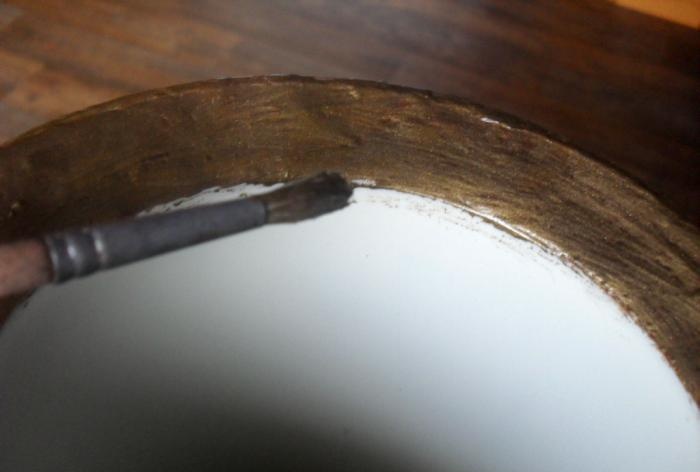
We varnish the vase with several layers of colorless varnish, drying each one first.
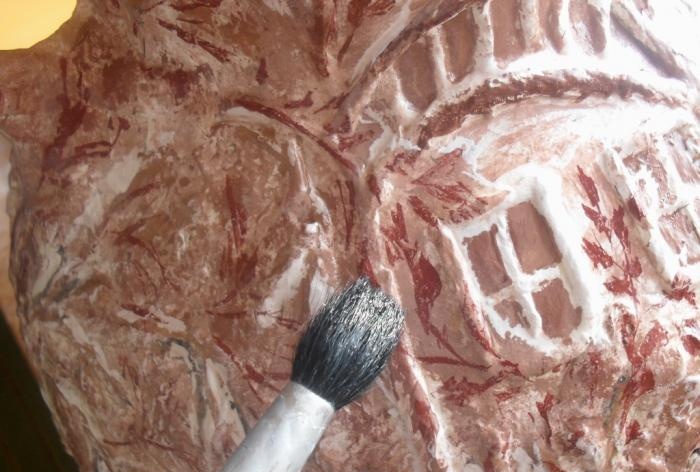
All! Let's calculate the savings and show off the beauty!
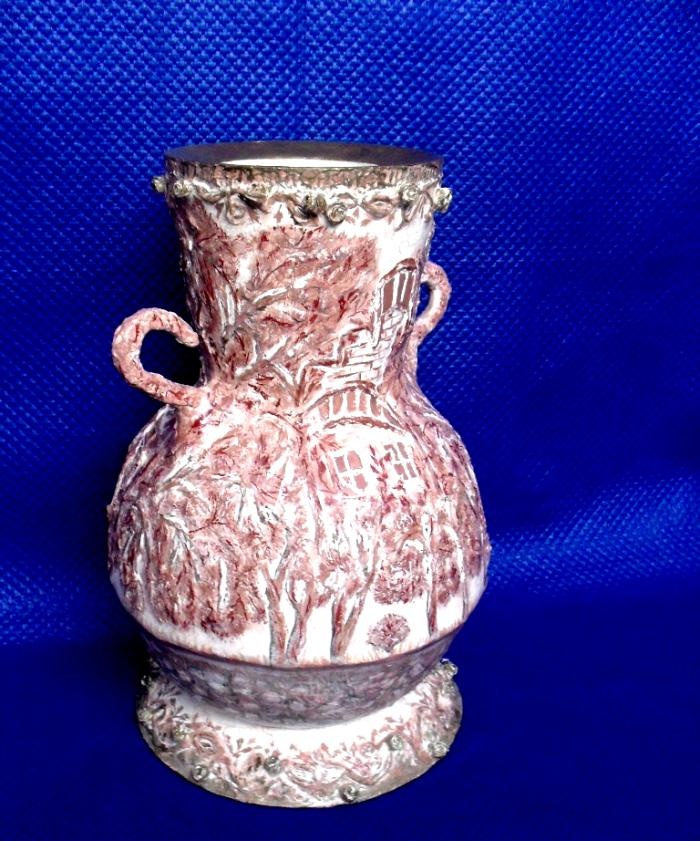
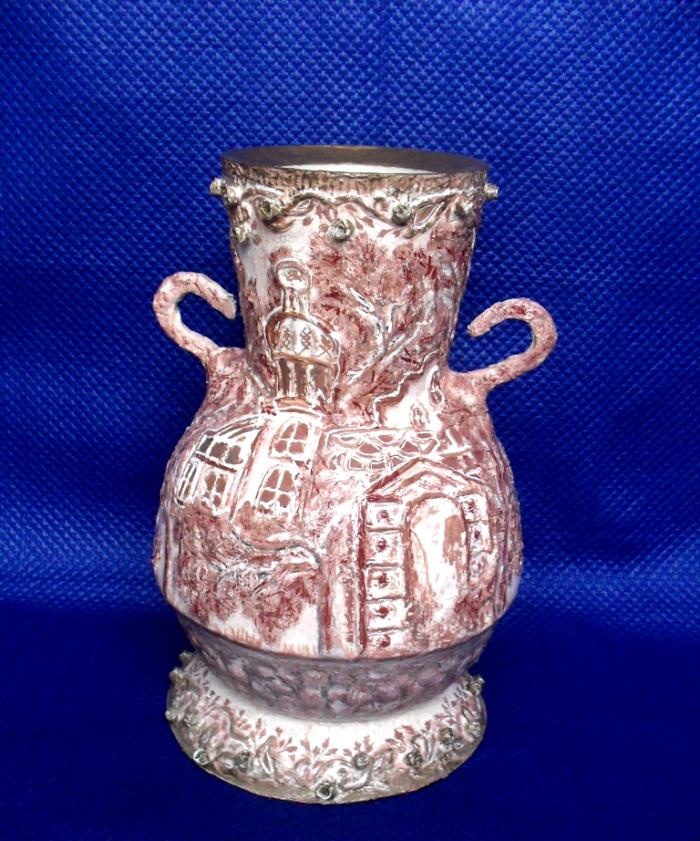
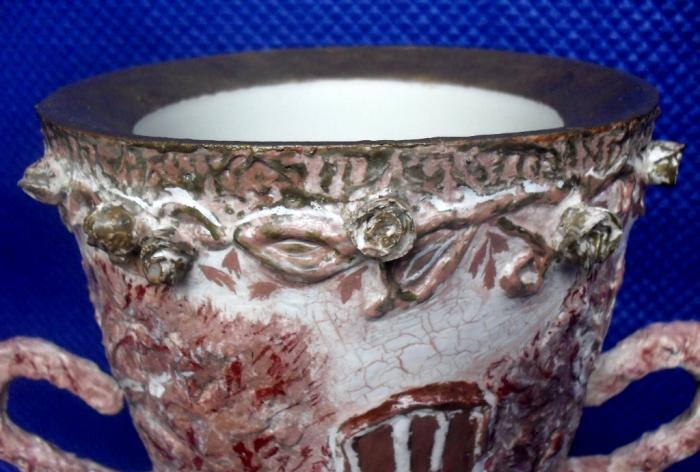
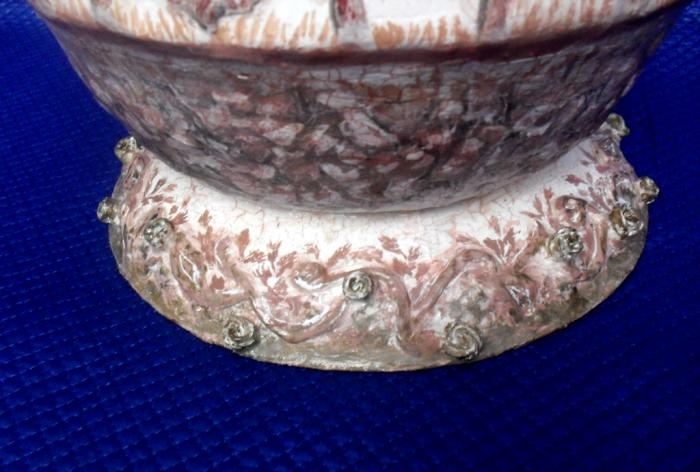
Materials for work:
- Deep frying pan with lid – 1 pc.;
- Plastic salad bowl – 1 pc.;
- Tall flower pot – 1 pc.;
- Plaster bandage – 1 pc.;
- Hooks from window planters – 2 pcs.;
- “Cold welding” – 3 blocks;
- Gouache paint “bronze”, glue “liquid nails”, stationery knife, plastic (or self-hardening clay), toilet paper, PVA construction glue, varnish, gouache, putty, eggshells, rolling pin, craquelure varnish.
Stages of work:
First stage: preparing the base.
We select containers that are suitable in size (in this MK a deep frying pan with a lid, a plastic salad bowl, and a tall flower pot are used).

Cut out the bottom of the pot and salad bowl.

Glue the pot and salad bowl with liquid nails glue.


We supplement the structure with a frying pan (after getting rid of its handle) and an inverted lid, gluing the elements together with “liquid nails”.

Second stage: decorative handles.
We attach the handles to the sides with a bandage (hooks from window planters, can be made from large wire). We fix the bandage using “liquid nails”. Let's dry it.

Third stage: we give the structure the desired shape.
We gradually unwind the plaster bandage, thoroughly sprinkling it with water.


Cover the entire surface with a bandage, moving from top to bottom. The plaster must be thoroughly wetted over the entire surface, immediately smoothing it with the palm of your hand. We dry it for a day.


We cover all roughness and unevenness with a thin layer of putty (I used already applied, creamy consistency).

The fourth stage: we design the lower part.
To imitate stonework we use eggshells. We thickly cover a small part of the surface of the vase with liquid PVA glue, put pieces of eggshell on it and generously moisten it again with PVA. Let's dry it.

Cover the shell with toilet paper (apply paper, apply liquid PVA on top with a soft brush, level and squeeze out air bubbles).

We wrap the very bottom part of the vase completely with toilet paper.

Wet the paper heavily with liquid PVA and make folds.

Let's dry it.

Fifth stage: decorate the upper part.
Using a simple pencil, we draw a drawing of old towers, arches, tree trunks (you can use printer printouts, transferring the drawing from them through carbon paper).




Sixth stage: creating volume.
To create volume in the pictures, cut toilet paper into strips.

We twist the strips into spirals and moisten them in liquid PVA.

We stick spirals along the contours of the drawings.


We make foliage from soaked PVA and crumpled toilet paper.

Seventh stage: making roses from plastic.
To create roses, you can use plastic or self-hardening clay, a drop cap, or a rolling pin.

Roll out a small piece of plastic very, very thin. Cut the mugs into caps and stack them on top of each other (5-6 pieces each).

We twist the folded circles and pinch them in the center with a thick thread. Let's dry it.

Each twist produces two tiny roses.

Eighth stage: decorate the vase with roses.
We dip each rose in liquid nails glue and attach it to the top and bottom parts of the vase.


Ninth stage: color the three-dimensional drawing.
To color the trees, we apply black stripes of gouache on the left side of the trunks.


We outline the depressions around the eggshells with black.


Add brown to the trunks and branches.

And we paint over the “brickwork”.

Matte the trunks and masonry with white.


We dot the foliage with a pale brown color.

Add languid brown pokes with a brush.

Draw the branches with dark brown.

We paint the turrets and arch in the same way.



We draw (in places) the leaves with red-brown color.


Let's leave decor top and bottom of the vase.

Draw the leaves.

We cover the roses themselves with “bronze” paint.


We draw leaves in places.


Tenth stage: craquelurim.
Apply craquelure varnish to all surfaces not covered with the pattern. Let's dry it.

Fill the cracks with brown paint. Let's dry it.

Use a damp disc to remove excess color (without pressing on the disc). Let's dry it.

Eleventh stage: making the neck.
For the width of the neck, you can use a plastic bucket, having previously cut the bottom. In order to be able to pour water into the vase, we attach a rolled cold-welded block to the flower pot.It must be secured at such a height that the plastic bucket inserted inside rests against the weld. Pour “liquid nails” inside (to seal possible cracks and holes)

After the weld has hardened, we “plug” the distance between the pot and the bucket with toilet paper.

We roll out a couple of “cold welded” blocks onto the surface of the toilet paper, which blocks water from getting inside. Let's dry it. We paint it “bronze”.

We varnish the vase with several layers of colorless varnish, drying each one first.

All! Let's calculate the savings and show off the beauty!




Similar master classes
Particularly interesting
Comments (1)


